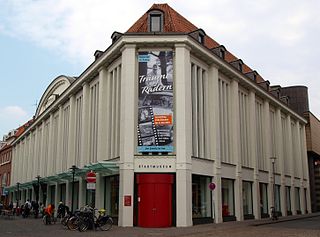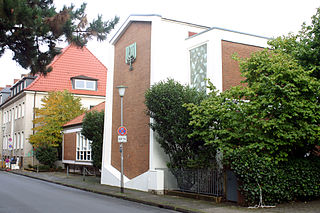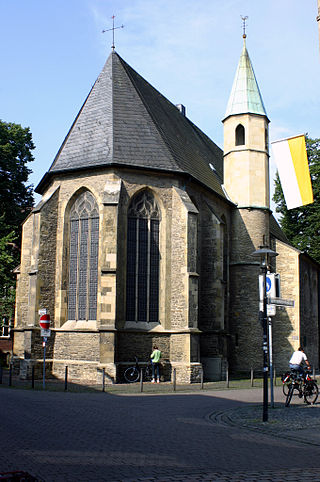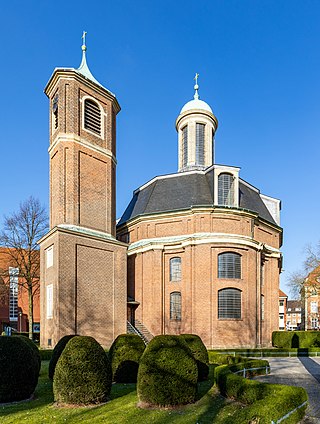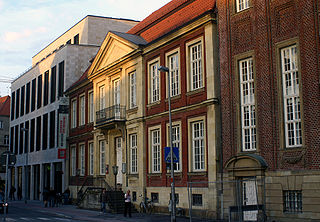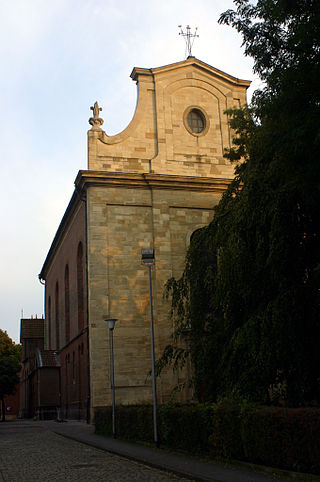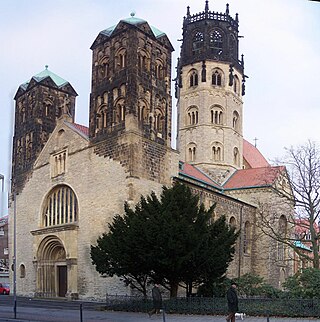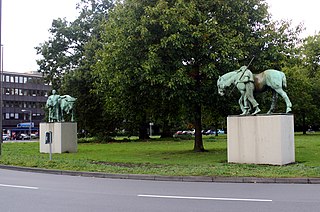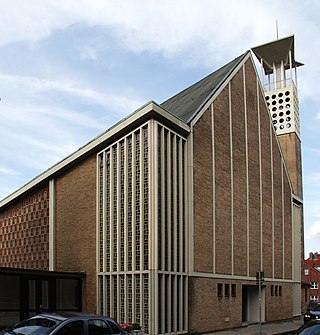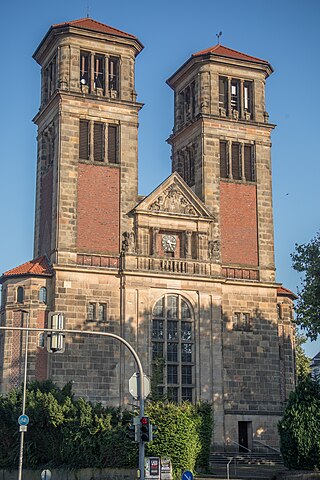Self-guided Sightseeing Tour #3 in Münster, Germany
Legend
Tour Facts
3.3 km
37 m
Experience Münster in Germany in a whole new way with our free self-guided sightseeing tour. This site not only offers you practical information and insider tips, but also a rich variety of activities and sights you shouldn't miss. Whether you love art and culture, want to explore historical sites or simply want to experience the vibrant atmosphere of a lively city - you'll find everything you need for your personal adventure here.
Individual Sights in MünsterSight 1: Erlöserkirche
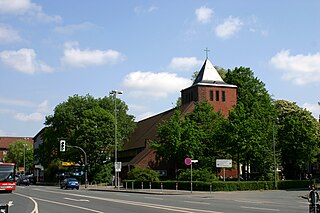
The Church of the Redeemer is the church of the Protestant Church of the Redeemer in Münster.
Sight 2: Stadtmuseum
The Stadtmuseum Münster deals with the history of the Westphalian city of Münster.
Sight 3: Synagoge
Judaism in Münster (Westphalia) looks back on more than 800 years of eventful history, making it one of the oldest in northwestern Germany.
Sight 4: St. Servatii
St. Servatii in the Westphalian city of Münster, under the patronage and named after St. Servatius of Tongeren, is a historic church that dates back to around 1230 in its present form. This makes it one of the oldest churches in the city. For more than 700 years it was an independent parish until it became part of the Lamberti community again.
Sight 5: Erbdrostenhof
Get Ticket*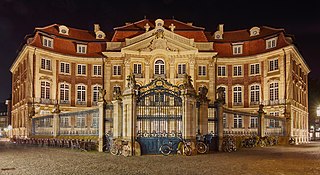
The Erbdrostenhof is a three-wing late Baroque palace in Münster, North-Rhine-Westphalia, Germany. It is located on Salzstraße. It was designed by Johann Conrad Schlaun for Adolf Heidenreich Freiherr Droste zu Vischering, Erbdrost of Münster and built between 1753 and 1757. Johann Christoph Manskirch produced sculptures for the building, whilst Nikolaus Loder painted frescoes in the interior - the latter were damaged during World War Two and restored between 1965 and 1967 by the Austrian restorer Paul Reckendorfer.
Sight 6: Clemenskirche
The Clemenskirche in the Westphalian city of Münster is a baroque monastery and hospital church built according to plans by Johann Conrad Schlaun between 1745 and 1753 for the Brothers of Mercy. The monastery was dissolved in 1811.
Sight 7: Picassomuseum
The Pablo Picasso Münster Art Museum was opened in 2000 in Münster, Westphalia, and houses lithographs and other holdings in various artistic techniques and from different creative periods of Pablo Picasso with over 800 exhibits.
Sight 8: Aegidiikirche
St. Aegidii, usually called Aegidiikirche, is a Roman Catholic church in the old town of Münster. Originally a Capuchin church, it took over its function and the Ägidius patronage after the demolition of the old Aegidii parish church. The monastery church, which was renovated by Johann Conrad Schlaun between 1724 and 1728, survived the bombing of Münster's city centre in the Second World War relatively unscathed.
Sight 9: St. Ludgeri
St. Ludgeri is one of the oldest Catholic sacred buildings in the Westphalian Münster under the patronage of St. Ludger and was built from 1173 onwards.
Sight 10: Maid and bull
Servant with horse and maid with bull or ox and horse is a monument in Münster.
Sight 11: Matthäuskirche
St. Matthew's Church is a Protestant church in the southern quarter of the city of Münster at Antoniusstraße 36 in the middle of a residential area. It belongs to the Evangelical Church of Westphalia and is named after the evangelist Matthew.
Sight 12: Antoniuskirche
The Catholic Church of St. Antonius belongs to the parish of St. Joseph in Münster.
Share
How likely are you to recommend us?
Disclaimer Please be aware of your surroundings and do not enter private property. We are not liable for any damages that occur during the tours.
GPX-Download For navigation apps and GPS devices you can download the tour as a GPX file.
